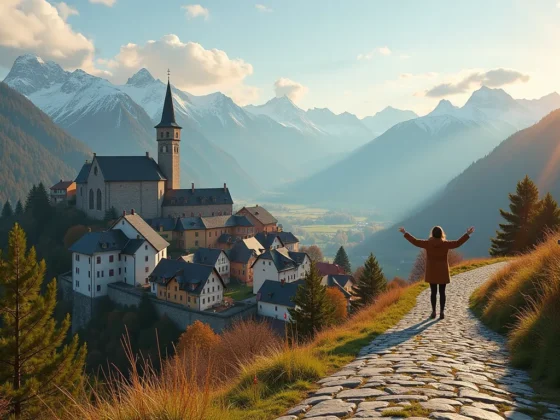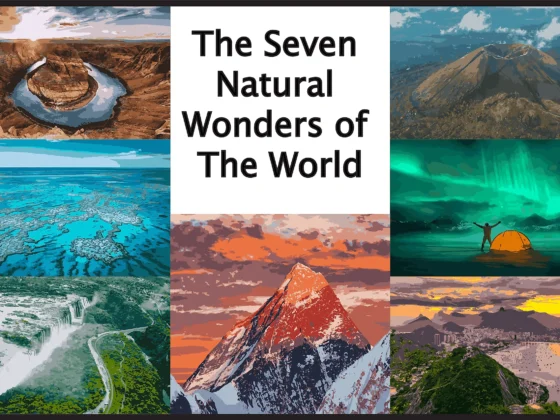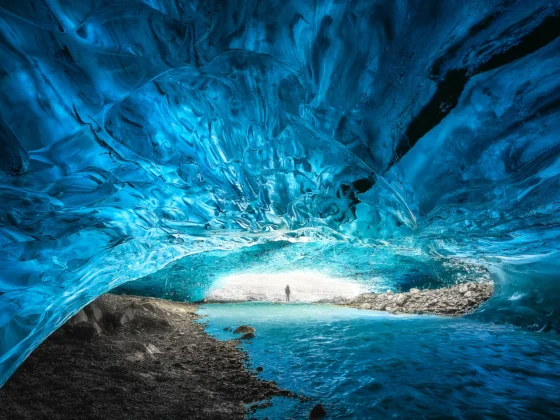Iceland is a land of extremes—a place where fire and ice coexist, waterfalls tumble over volcanic cliffs, and the Northern Lights dance above black sand beaches. Whether you’re an adventurer, photographer, or nature lover, Iceland offers some of the most dramatic and diverse landscapes on Earth. Planning a trip to this Nordic wonderland? Here’s your ultimate guide to visiting Iceland—including where to go, what to see, when to visit, and how to make the most of your trip.
🇮🇸 Why Visit Iceland?
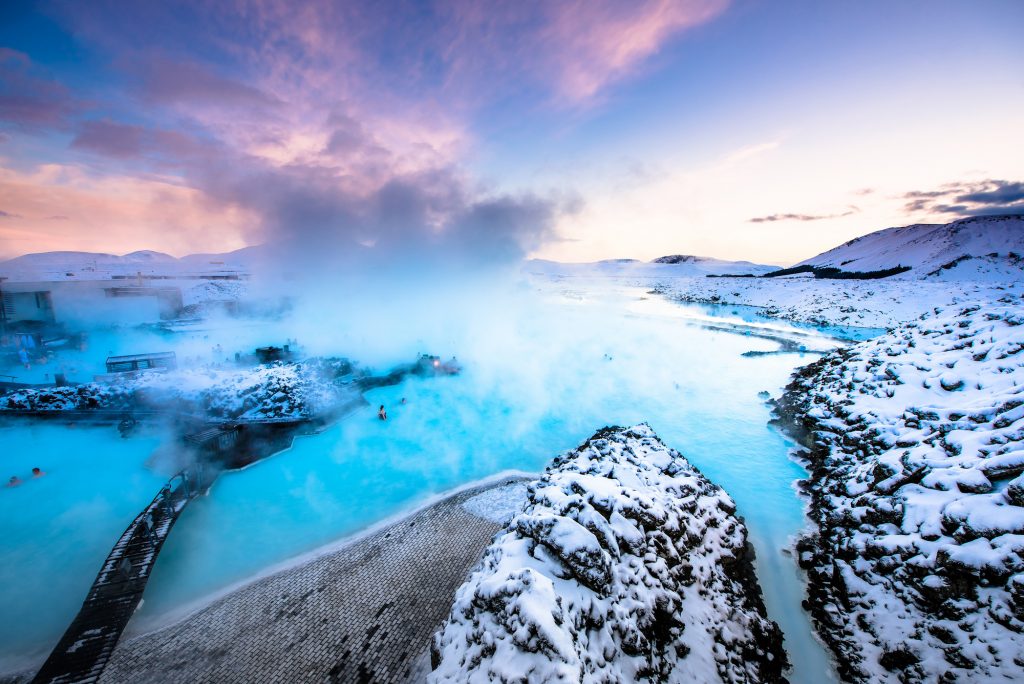
- Unreal natural beauty: Glaciers, volcanoes, geysers, fjords, lava fields, and waterfalls—often all in one day.
- Outdoor adventure: From hiking and snowmobiling to snorkeling between tectonic plates.
- Unique culture and history: Viking heritage, geothermal spas, and some of the world’s most sustainable living.
- Small, easy to explore: With a population of just over 370,000, it’s friendly, clean, and welcoming.
📅 When to Visit
Summer (June–August):
- Midnight sun (nearly 24 hours of daylight)
- Ideal for road trips, hiking, and camping
- Most accessible time to drive the entire Ring Road
Winter (November–March):
- Northern Lights viewing
- Frozen waterfalls and icy landscapes
- Fewer tourists, but shorter days (some areas only get 4–5 hours of daylight)
Shoulder seasons (May & September):
- Fewer crowds, mild weather, and lower prices
- Great for photography and nature without the peak-season rush
📍 Top Places to Visit
1. Reykjavík
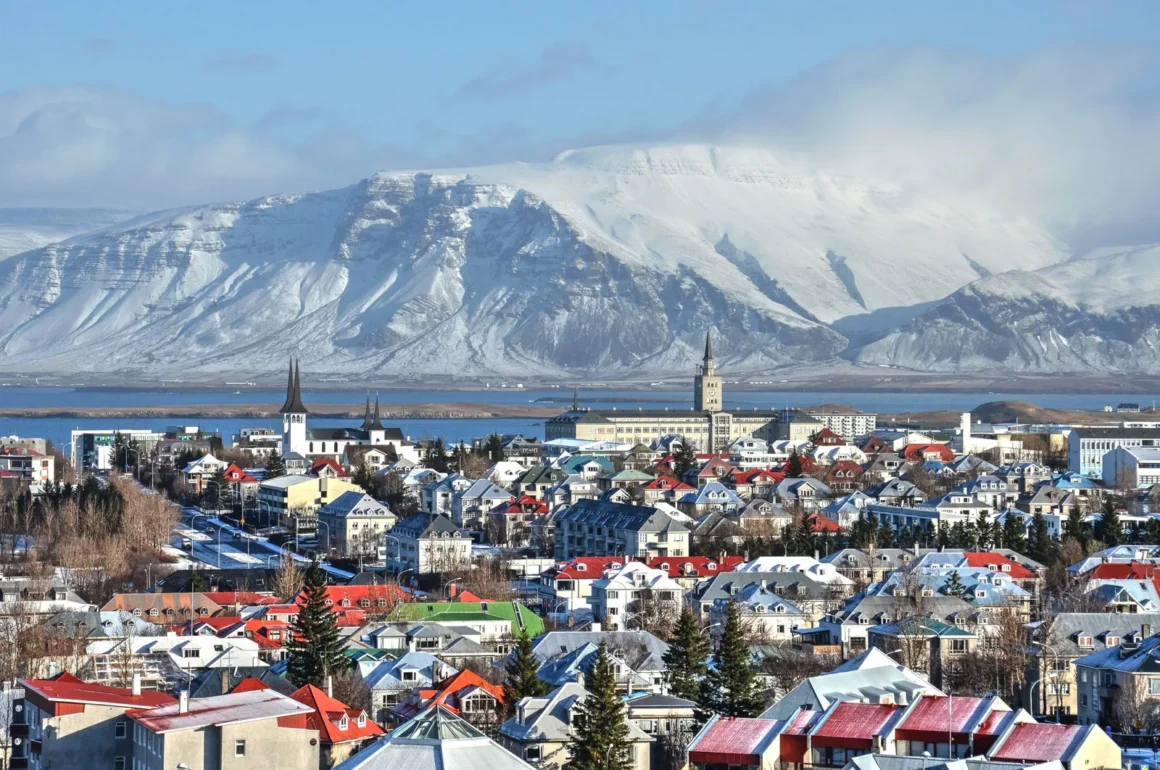
- Iceland’s capital and cultural hub
- Visit Hallgrímskirkja Church, soak in Sky Lagoon, and dine on fresh seafood
- Great base for day trips to the Golden Circle and Blue Lagoon
2. Golden Circle

This classic loop includes three must-see sights, all within a day’s drive from Reykjavík:
- Þingvellir National Park: A UNESCO site where you can walk between two tectonic plates
- Geysir Geothermal Area: Home to the original geyser and its active cousin, Strokkur
- Gullfoss: A massive, thundering two-tiered waterfall
3. South Coast
- Seljalandsfoss and Skógafoss: Two of Iceland’s most iconic waterfalls
- Reynisfjara: A black sand beach with dramatic basalt columns
- Vík: A picturesque village ideal for overnight stays on a road trip
4. Jökulsárlón Glacier Lagoon
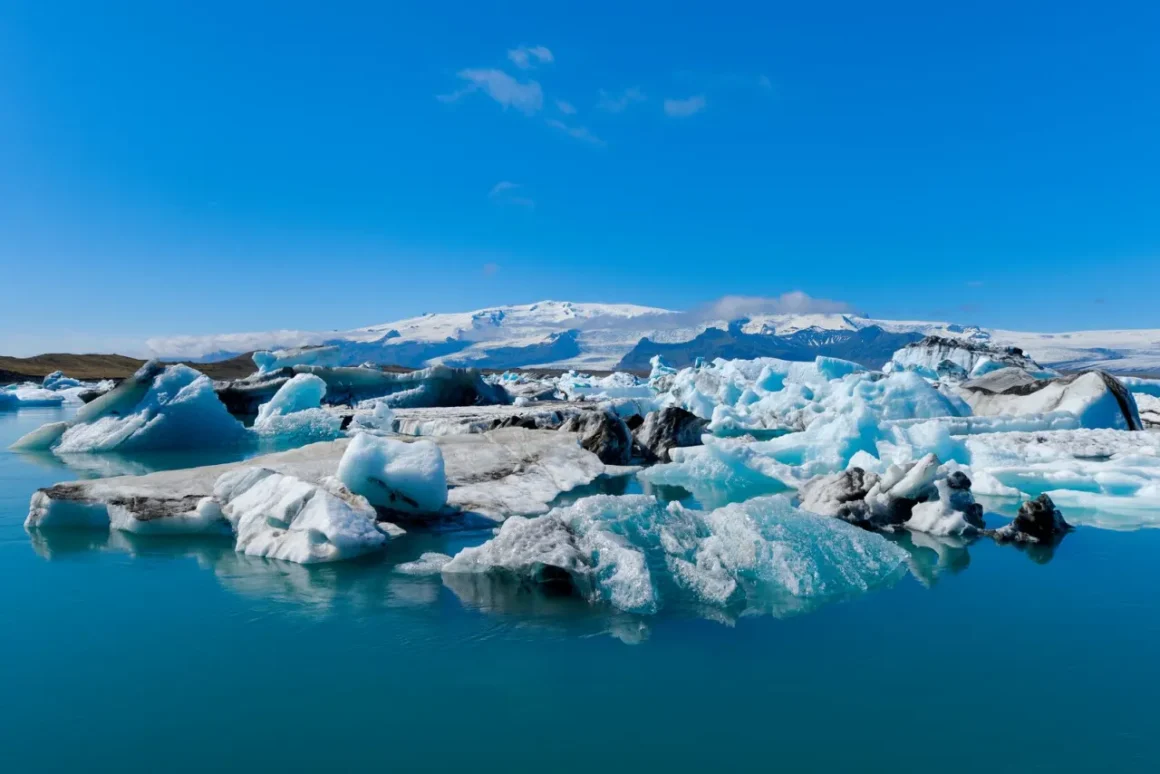
- Watch icebergs drift in a surreal glacial lake
- Nearby Diamond Beach features washed-up ice chunks sparkling on black sand
5. Snæfellsnes Peninsula
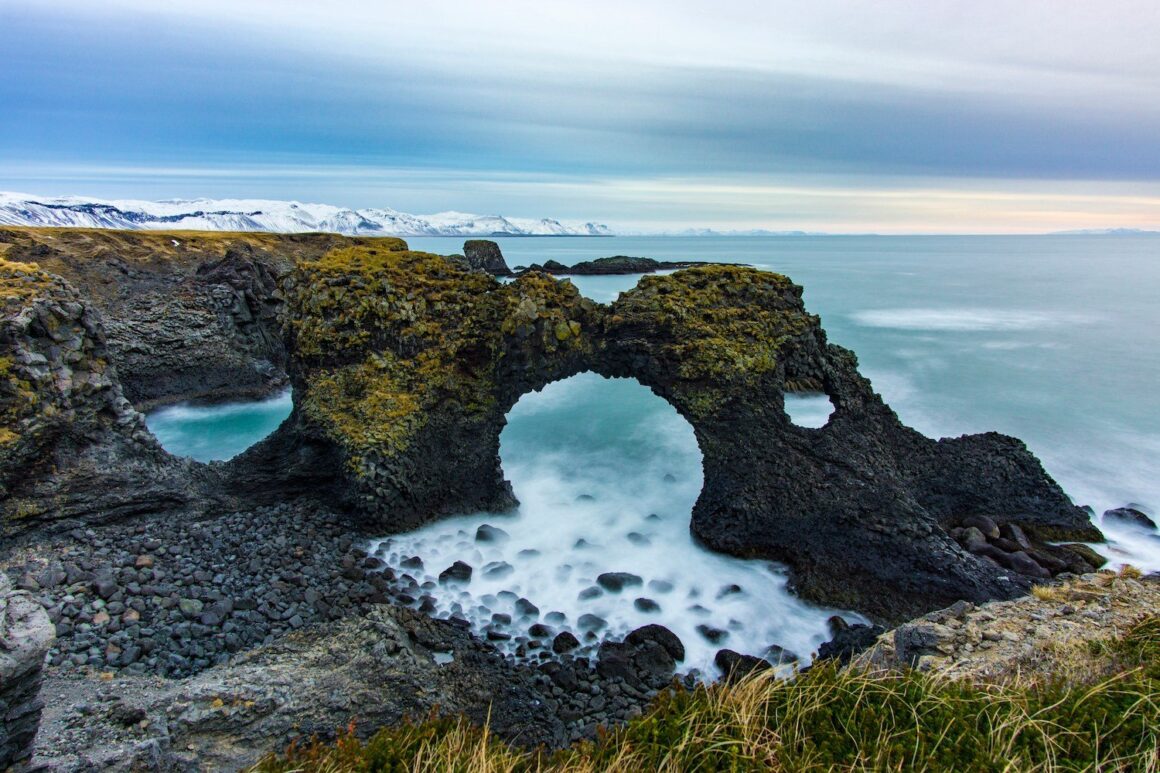
- Often called “Iceland in Miniature” for its diverse scenery
- Don’t miss Kirkjufell Mountain, lava fields, sea cliffs, and volcanic craters
6. North Iceland
- Akureyri: The unofficial capital of the north
- Goðafoss and Dettifoss: Two of Iceland’s most powerful waterfalls
- Húsavík: Arguably the best whale-watching spot in the country
🚗 Getting Around
Self-drive road trips are the best way to see Iceland, especially for flexibility and access to remote areas.
- Ring Road (Route 1): A full loop of the island (~1,300 km), usually takes 7–10 days
- 4×4 rentals recommended in winter or for the highlands
- Driving tips: Watch for sheep, check road closures (especially in winter), and use apps like Veður for weather updates
If you’re not driving, guided day tours from Reykjavík can cover major sights.
🏨 Where to Stay
- Reykjavík: Ideal for city comforts and day trips
- Countryside guesthouses and farm stays: Offer local charm and Northern Lights views
- Unique stays: Try glass igloos, eco-lodges, or remote cabins
Tip: Book early, especially in summer or around holidays.
🍽 What to Eat
Icelandic cuisine is fresh, clean, and often simple—built around seafood, lamb, and dairy.
Must-try dishes:
- Lamb soup (kjötsúpa)
- Plokkfiskur: Mashed fish stew with potatoes
- Rúgbrauð: Dark rye bread, often baked using geothermal heat
- Skyr: Icelandic-style yogurt
- Hot dogs (pylsur): Especially from Bæjarins Beztu Pylsur in Reykjavík
More adventurous fare: Fermented shark (hákarl) and sheep’s head, though these are more cultural curiosities than staples.
🌌 Must-Do Experiences
- See the Northern Lights (winter) or the Midnight Sun (summer)
- Soak in a geothermal spa like the Blue Lagoon, Mývatn Nature Baths, or Secret Lagoon
- Explore an ice cave or glacier hike with a certified guide
- Snorkel between tectonic plates in Silfra, a rift with some of the clearest water in the world
- Chase waterfalls—there are hundreds, and each is unique
💡 Travel Tips
- Weather changes fast: Always layer and pack waterproof gear
- Currency: Icelandic króna (ISK); credit cards are widely accepted
- Tipping: Not expected, as service fees are included
- Respect nature: Stay on marked paths to preserve fragile landscapes
- Emergency number: 112 for all services
Final Thoughts
Iceland feels like another planet—in the best possible way. It’s a place where you can walk between continents, soak in hot springs under the stars, and witness nature at its most raw and beautiful. Whether you’re circling the entire island or just dipping your toes into the Golden Circle, one thing is certain: Iceland will leave a mark on your soul.




